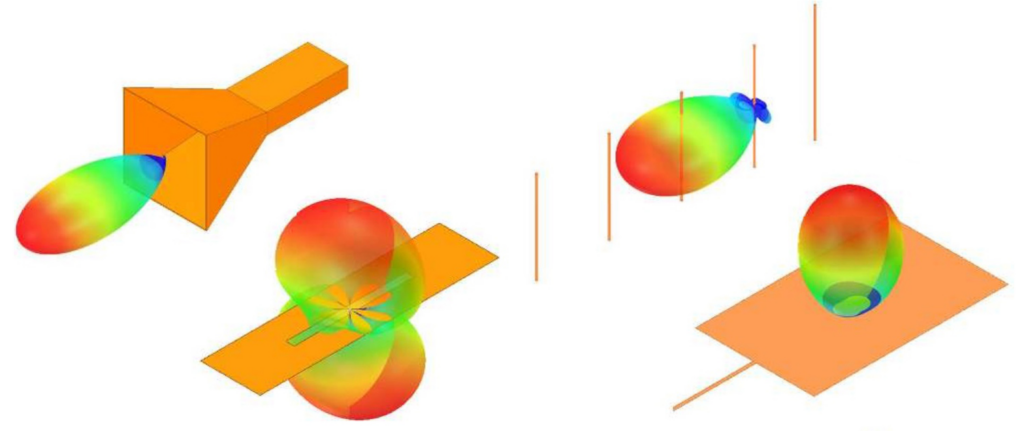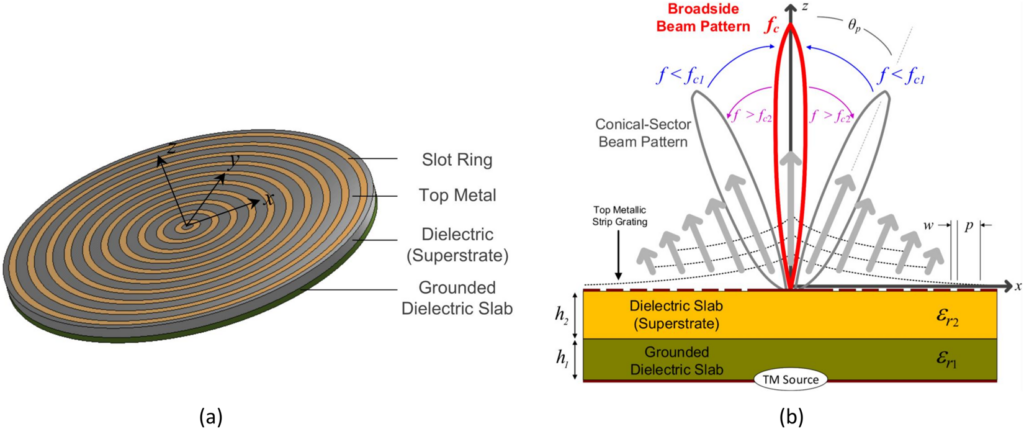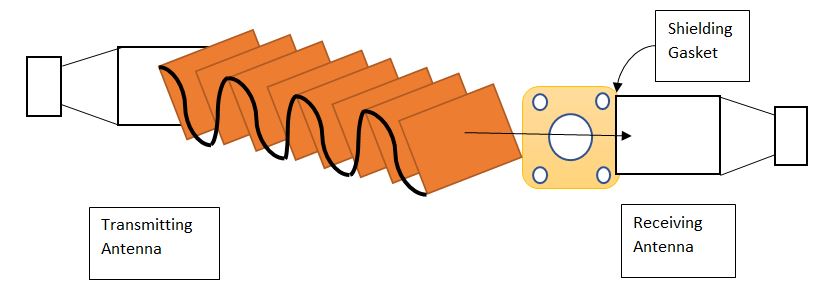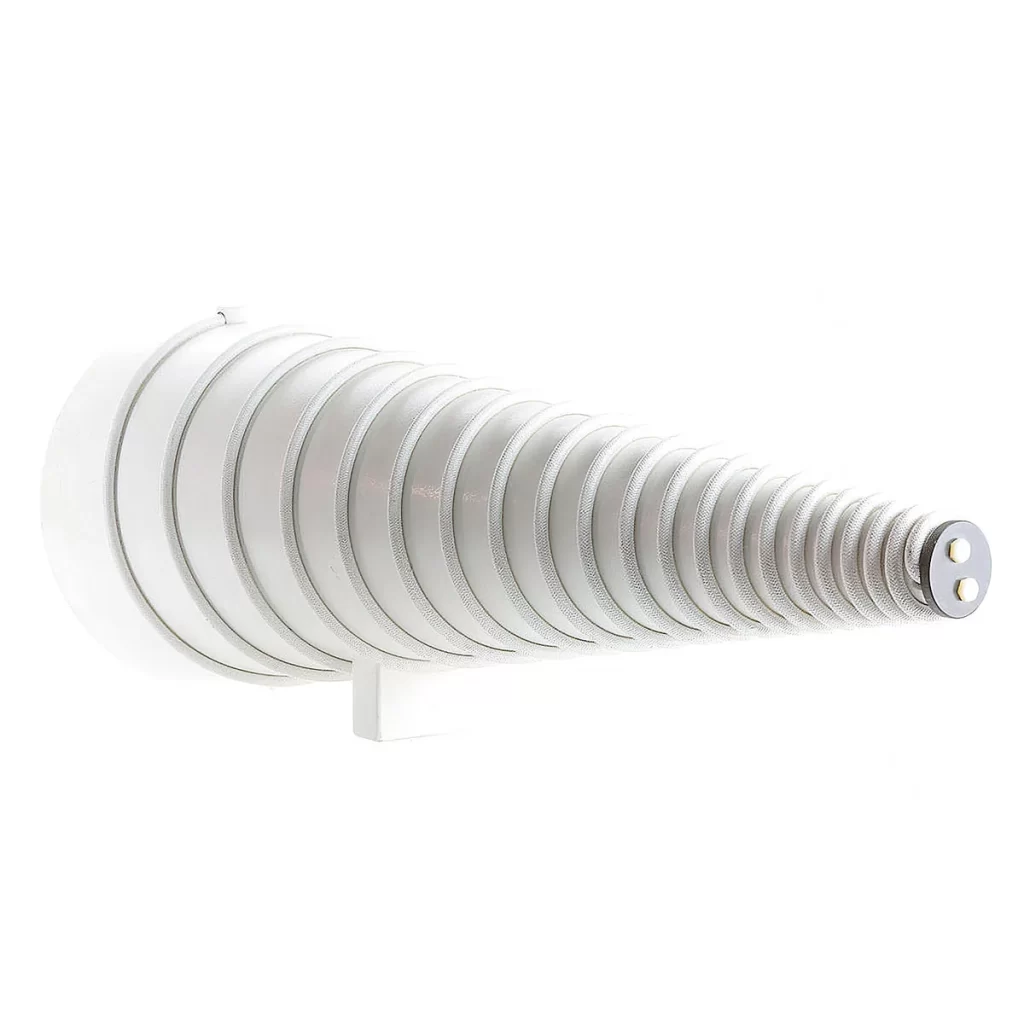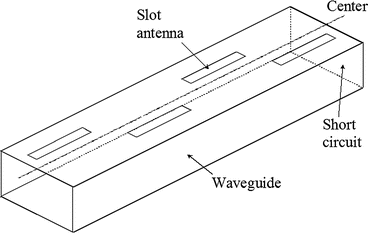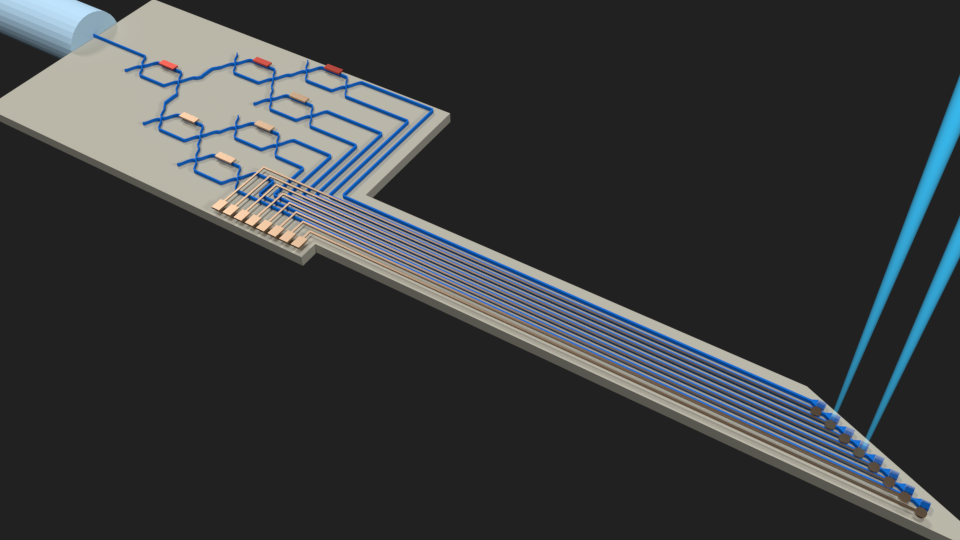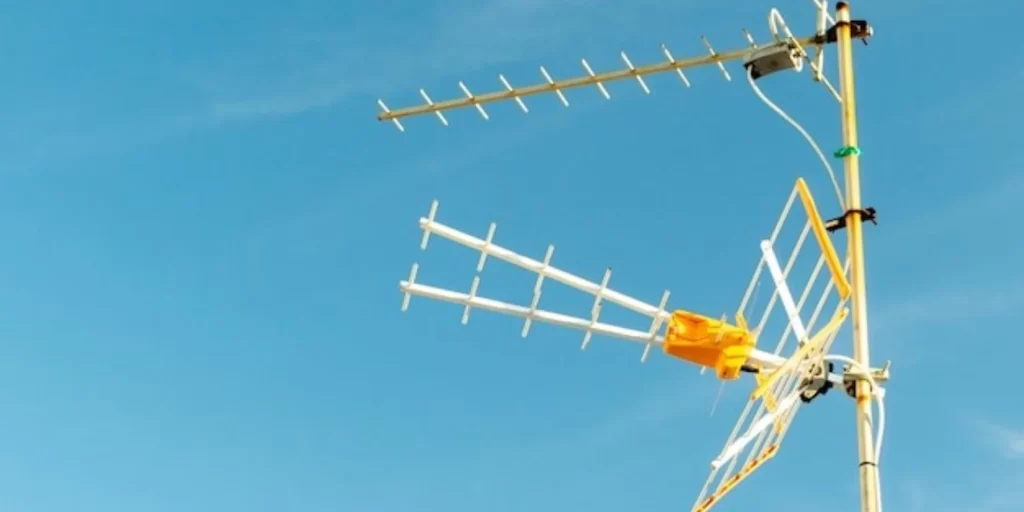How Blade Antennas Optimize Aircraft Communication
Blade antennas reduce drag by 15% using carbon-fiber composites, operating in 18-40 GHz bands. Embedded phased arrays enable 50-microsecond beam steering, boosting Boeing 787 data rates to 3.2 Gbps. Integration with SATCOM terminals cut signal loss by 22% in 2024 flight trials. Advantages of Streamlined Design At 3 AM, alarms suddenly blared at Houston Space […]
How Blade Antennas Optimize Aircraft Communication Read More »


